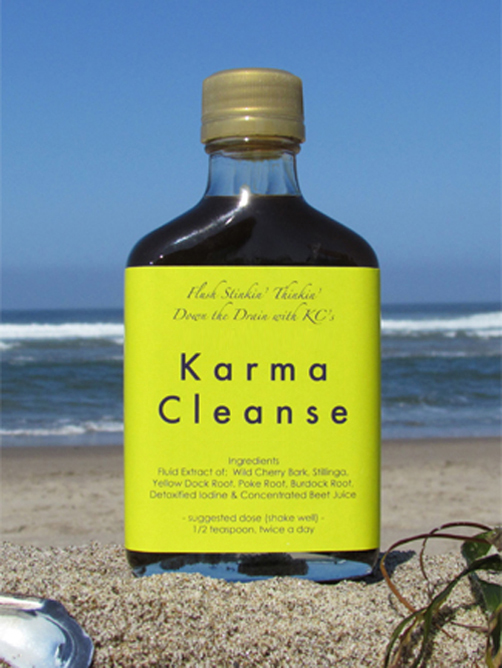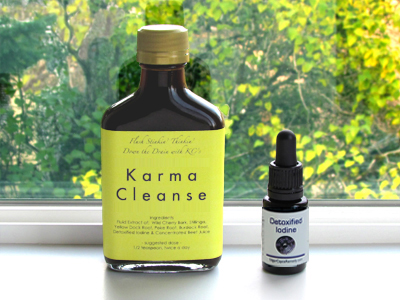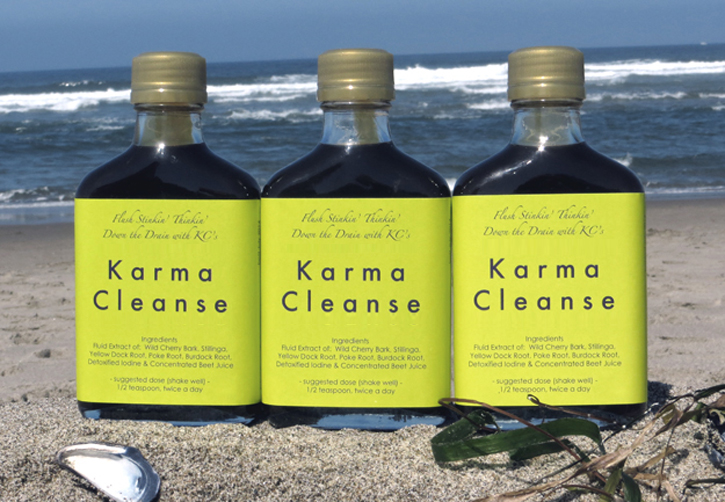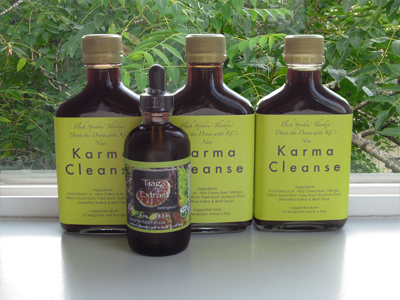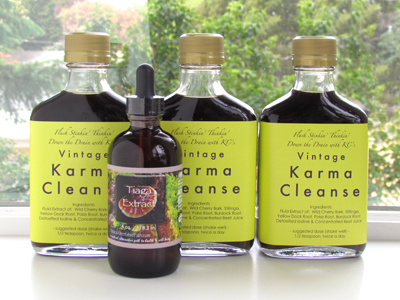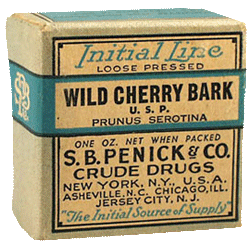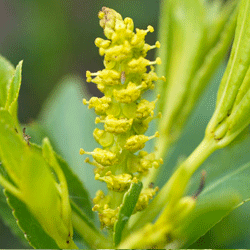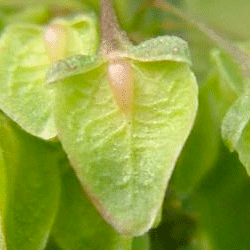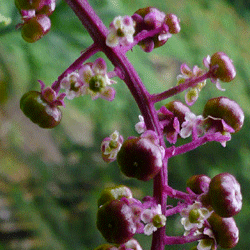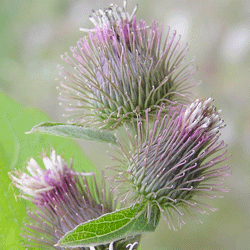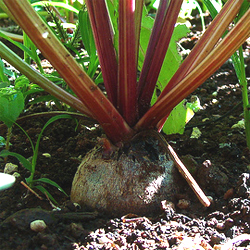On the 6th day of September, 1924, Edgar Cayce gave a reading for a male
adult who was dealing with an advanced sarcoma, which the reading classified as
a bacilli in the blood. Along with recommending the Abrams machine to produce
the resonant bacilli frequency, or counter frequency if you will,
Edgar Cayce suggested the use of an herbal tincture blend as a blood
cleanser.
Not far from Dayton, across the Indiana state line, lived a boisterous young man
by the name of Harry Hoxsey. When Harry heard about this herbal blend he decided
that someone should secure these ingredients and test out the concoction to see
just how good of a blood cleanser it was. After all, if it worked for 4695, then
it only stood to reason that it should work for others. As this was Harry's
idea, he decided that he would be that person, and that is what he did. Keep in
mind back then the term cancer was rarely mentioned, not because cellular
malignancy had a different label, but rather because cancer was not that common.
Anyway, Harry's motivation was two-fold. He would heal the sick of this
devastating and incurable disease, and along with that become rich and famous.
For the next 25 years Harry would travel the countryside touting his
miraculous blood cleanser which imparted unparalleled success. As the global
incidence of cancer continued to rise, so did Harry's notoriety. (note: this
was back in the early half of the 1900's)
Ultimately Harry drew unto him a number of detractors. Some were envious of his
astounding cure rate while others simply 'wanted a piece of the action. But
Harry's secret formula was closely guarded and he cleverly masked it's original
inception with an elaborate story of how the ingredients "were originally passed
down to him by his grandfather. The story went something to the effect that his
grandfather, who was a veterinarian, observed one of his horses, which happened
to have a cancerous condition, and what the horse happened to be eating in the
pasture. Notes were taken, and when the horse cured itself, the formula was
derived. Of course logically, there's no way all of these herbs would have been
growing in a single pasture, not to mention the illusive iodine herb, but most
people, on up to today, believed Harry's story. It was something about an
animal's intuitive ability for self-preservation that really stuck.
The Abrams machine has long gone out of production, but as Harry Hoxsey
continues to demonstrate from his grave, the Cayce blood cleanser is, and can
continue to be and effective tonic for alleviating the root cause of malignant
cellular activity: blood toxicity. Individuals could start percolating this
relatively simple herbal blend which could then be dispensed to those in either
a predisposition (marker) state, or a cancerous state. If enough people
benefited from it a homegrown industry could eventually replace the allopathic
model. Conceivably this single idea could derail the trillion dollar cancer
treatment industry, not only salvaging the health and well being of millions of
people but potentially avoiding an almost certain economic collapse which will
likely precipitate from the present belief system. Perhaps even more important,
if a grass roots movement of this kind actually did demonstrate it's viability,
no doubt it would become a model for addressing other health/ illness issues, as
well as pave the way for future political, economic, and social reform. As I see
it we're at the crossroads. We can either get our butts off the couch and into
the lab, or we can have them handed to us in a sling. Of course there's always
the option of the gazillionaire who is going to finance a facility to put this
idea back in motion, but I don't think I want to wait around for that to happen.
What's say we move this party forward and get on with the process of evolution.

